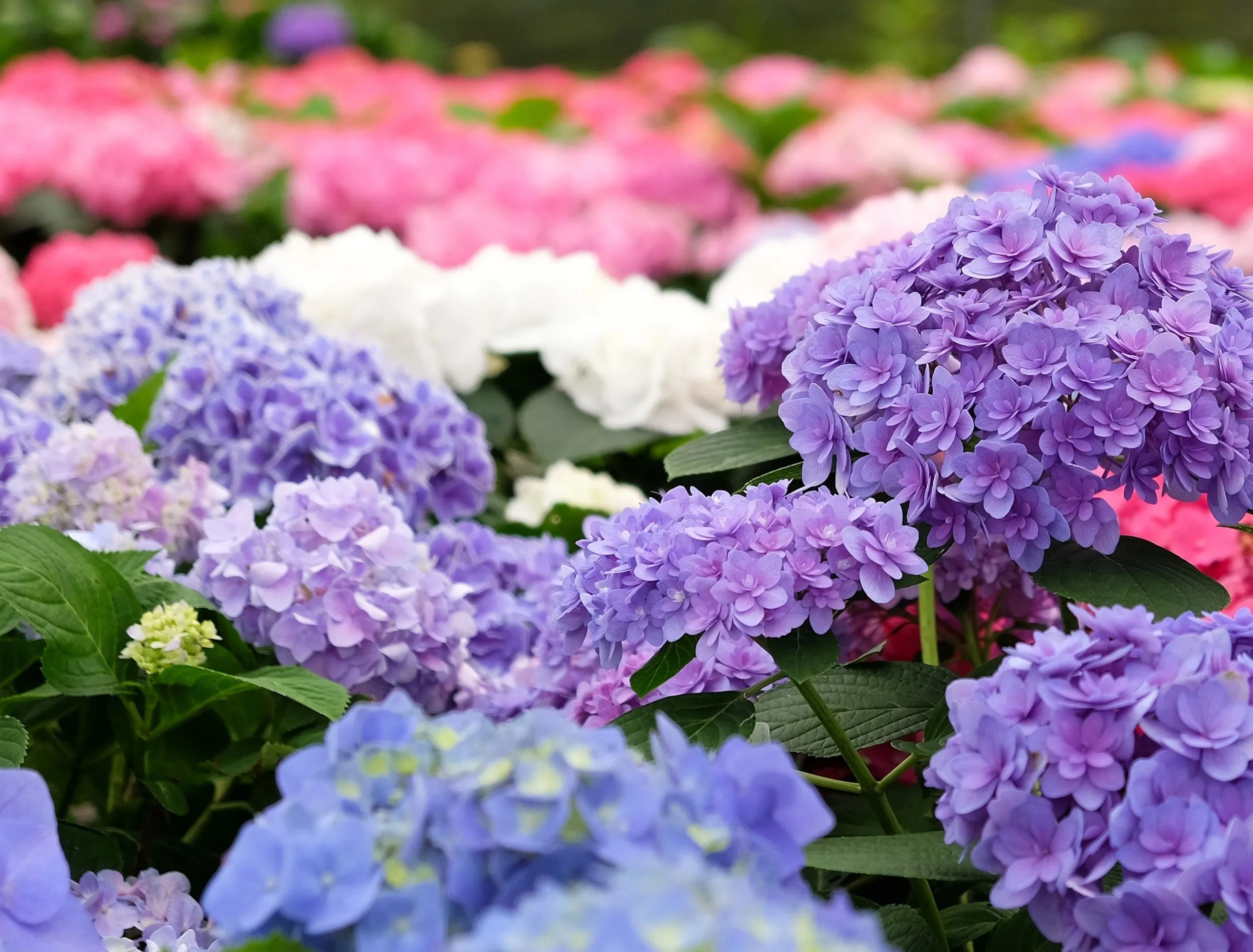Related
orchidaceous plant are beautiful plants that can add a touch of elegance to any elbow room . However , if your orchid is notblooming , it canbe frustrating . as luck would have it , there are some things you’re able to do to avail get your orchidaceous plant back on lead and blooming again in no clip .
Here are some of the most mutual understanding orchids stop blooming and tips on getting them started again . So , if your orchid has been hibernating for a while , study on for some tips on vivify it !
Why Your Orchids Are Not Blooming
If your orchids are not flower , examining the amount of light , humidity , and fertilizer your orchidaceous plant receive is important .
Lighting
Image reference : Nadya So via Shutterstock
First , explore the lightingrequirements needed for optimal increment . orchid prefer hopeful diffused sunlight during the daylight . If potential , place them near an east or due south - facing window so they receive light but not intense , direct sunlight . Ten to 12 hours of sun is ordinarily enough to sustain your orchidaceous plant and keep it blossom brightly .
To mark off how healthy your plant is , look at the leave . If the leave are ayellowishor red color , feel them to see if they ’re quick . The color is likely because there is too much light , and you should move your industrial plant to an orbit where the Christ Within is less intense . However , if the leave-taking are dark green , this could show that your orchid needs more unaccented .

Humidity
Image credits : Sr Picas via Shutterstock
Another reason your orchid may not be bloom is due to low humidity . Orchids prefer humidity level between 40 to 70 percent . If your dwelling has a juiceless surround , regard investing in a humidifier ormisting systemto help assert optimal conditions for your flora .
you’re able to also localize your plant in small trays filled with gravel and water , as this will create an environmental boost of wet around your plant ’s roots .

Fertilizer
range reference : VidEst via Shutterstock
Finally , if your orchid is not blooming , the most likely causal agent may be a want of fertilizer or food . While orchidaceous plant can outlive without additional aliment , they require certain amounts , specially phosphoric , to bring on beautiful bloom .
Providing a flower relay link plant food in the fall will help oneself ensure that your orchid has all the substantive elements it needs for goodish growth and florescence . Look for fertilizers with a proportion like 10 - 30 - 20 , which have low atomic number 7 and high phosphoric level .

feast your orchid once a workweek during the summer , and then in the winter double up it to two fecundate academic session per calendar week . Ensure to use half of what is recommended on the bottleful .
How to Care for Your Orchid
care for an orchid is not as heavily as it may seem and with the right attention , your plant willbloom in no clock time . Here aresome tipsto helper ensure your orchidaceous plant gets the love and care it needs :
Proper Watering
Image credit : Bob van Aubel via Unsplash
To begin with , choose a pot that hasgood drainage . Overwateringcan forestall the plant from getting the nutrients it needs , lead to a want of beautiful flower . Also , overwatering your orchid can work about waterlogging which causes root putrefaction . This unpleasant surprisal will quick toss off an unprotected orchidaceous plant .
For watering your orchidaceous plant , aim for about once or twice a week during the spring and summertime month . During the fall andwinter calendar month , reduce back on how much you water them . Once a workweek or every other week should be okay .

to boot , you could use a spray bottle with water system to mist your orchids . This will help them continue their wet and forestall any dehydration issues that could lead to falling leave of absence .
Provide Adequate Sunlight
Image mention : aLittleSilhouetto via Shutterstock
As mentioned before orchid demand a good balance of sunshine and shade to grow and bloom right . It ’s all important !
Be sure to notice a spot that gets brilliant but indirect or filtered light for good issue . If you ’re hold your orchidaceous plant indoors , insure it ’s not too close to any north or Benjamin West - facing windows as this can cause sunburn .

Repotting
figure credit : Marvelous World via Shutterstock
Repottingis the perfect way to give your orchidaceous plant a fresh start . Every 2 to 3 years ( after flowering ) it ’s time to repot your orchid and give it some much - need TLC . Not only will this clean out any plant food salts and dead ascendent , but you ’ll be contribute it a new structure for improved drain and aeration .
Plus , since pot average breaks down over time , repotting allow you to employ saucy cloth that is better fit for plant growth .

Are You Serious? Orchid-ing?
By follow these simple-minded steps , you could insure your orchid gets all the erotic love and care it needs to proceed to prosper and put out beautiful blooms for many season . Remember , lighting necessary , humidness levels , and fertilizing habits are all decisive components of keeping your orchidaceous plant tidy and happy .



